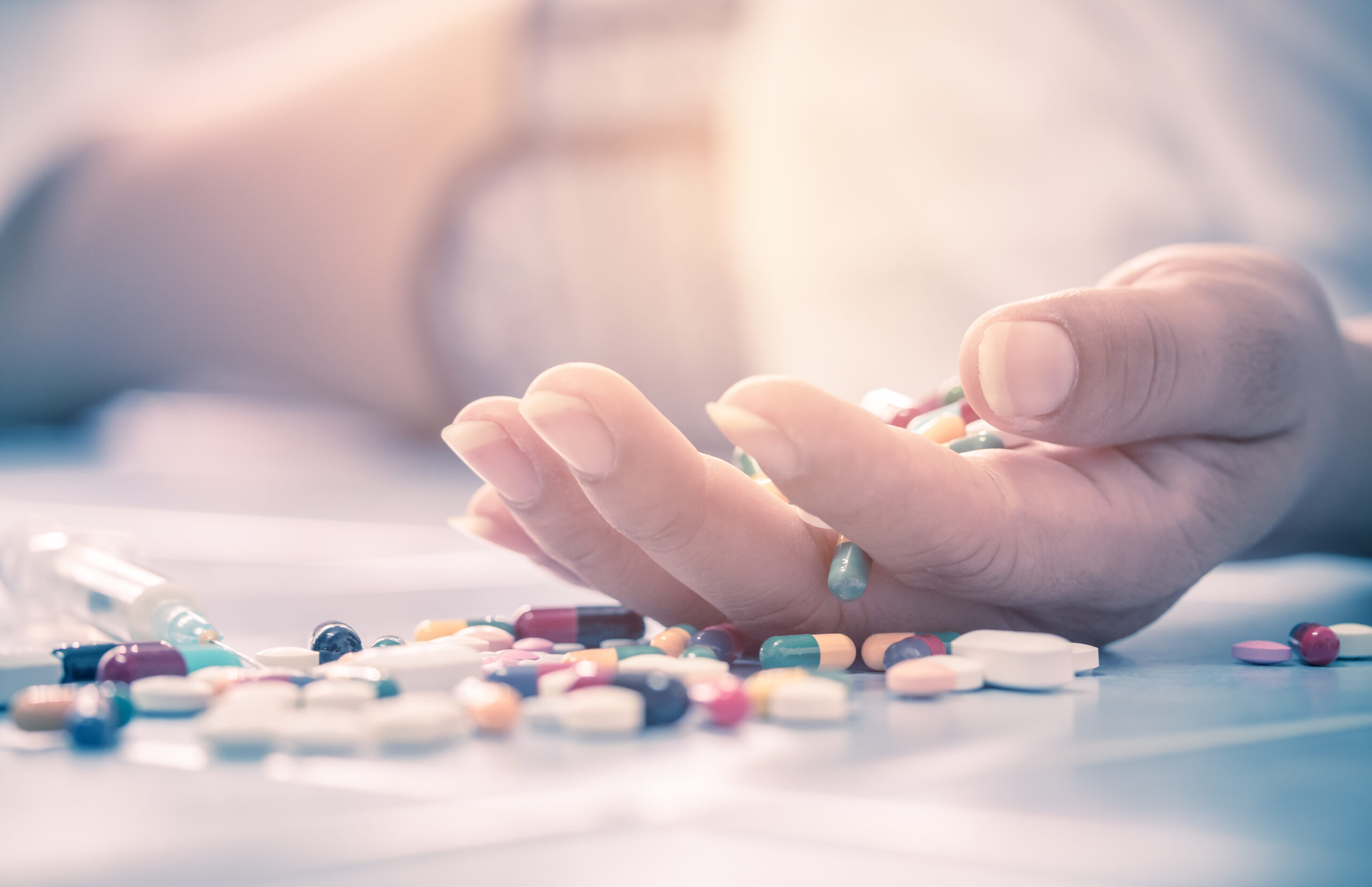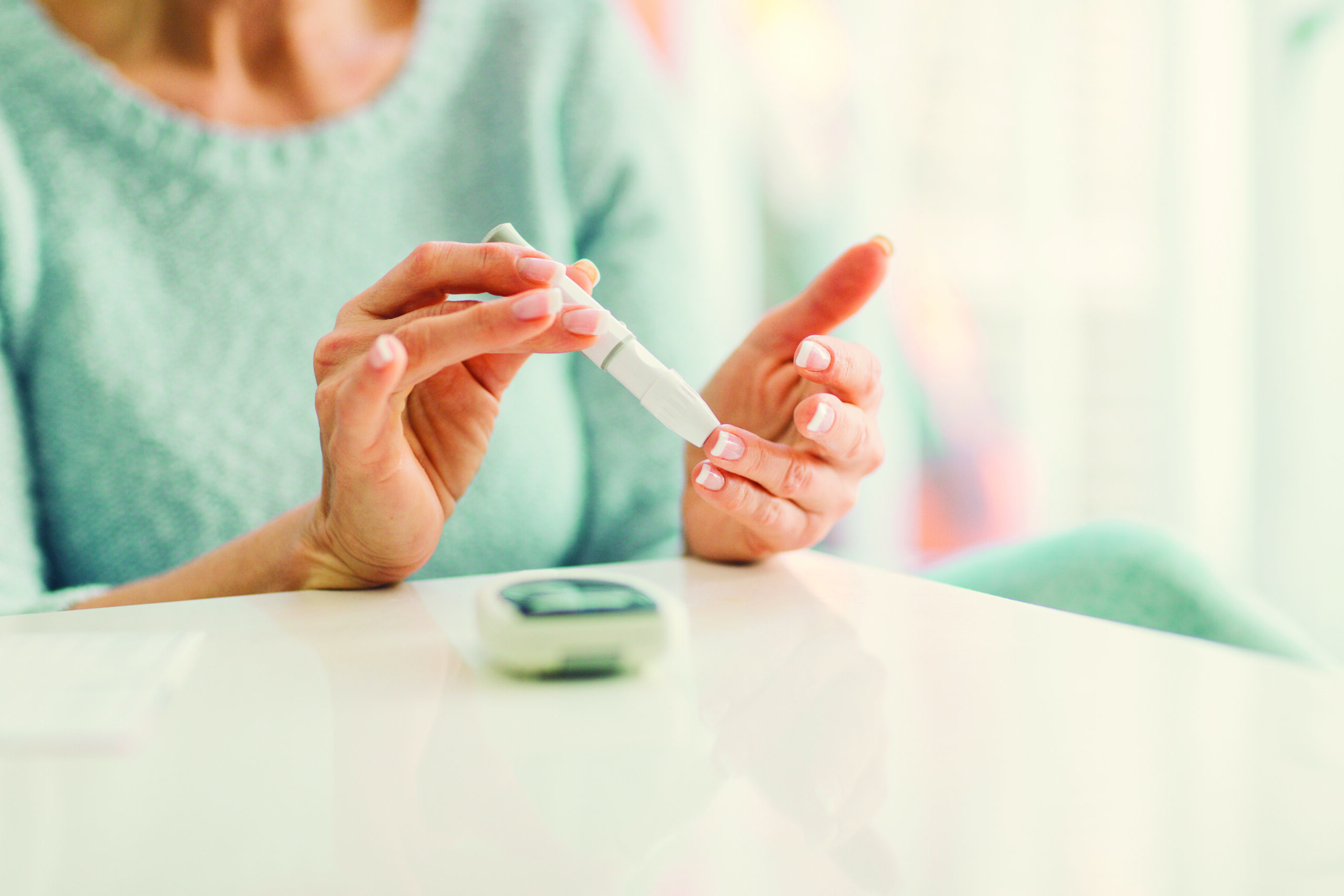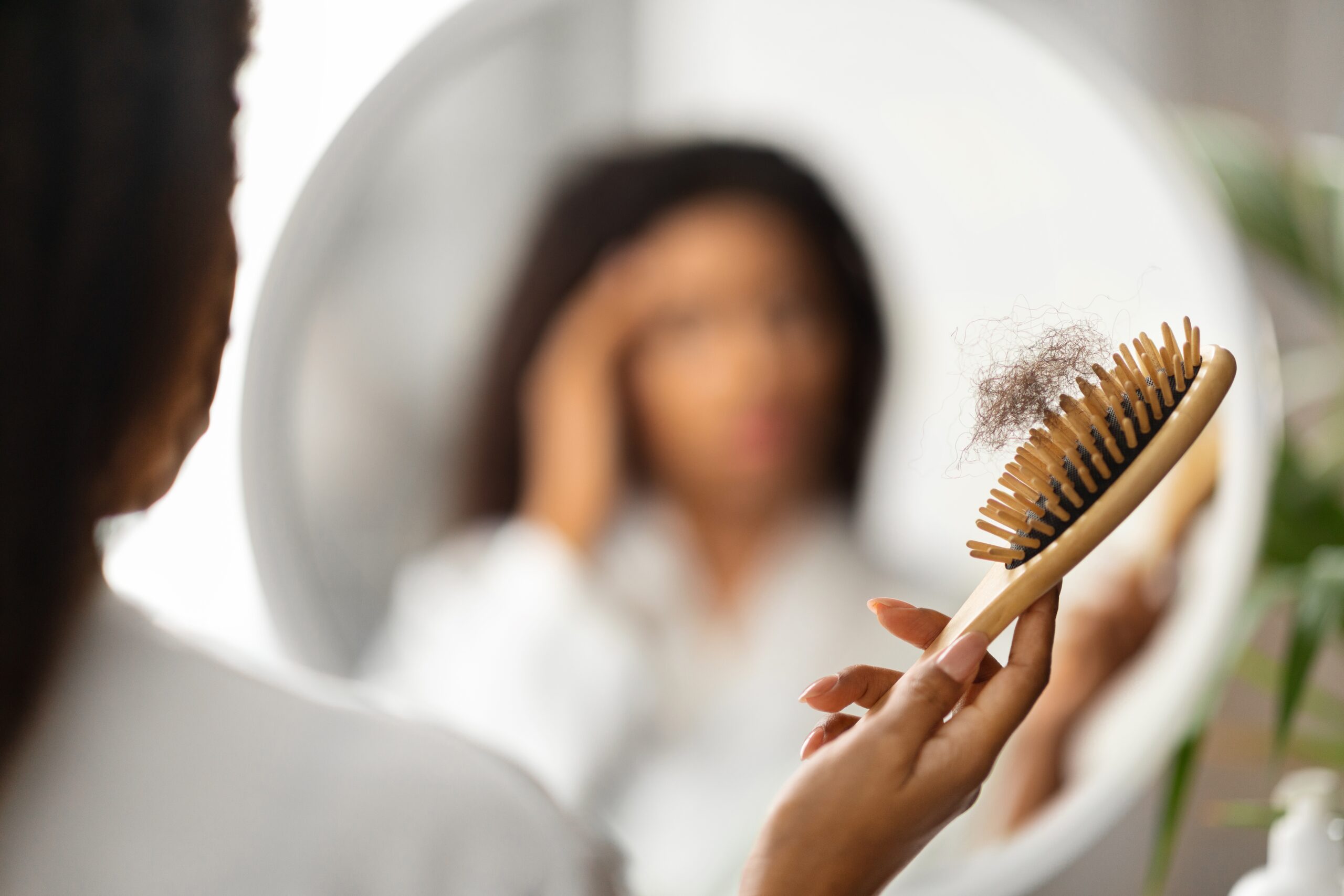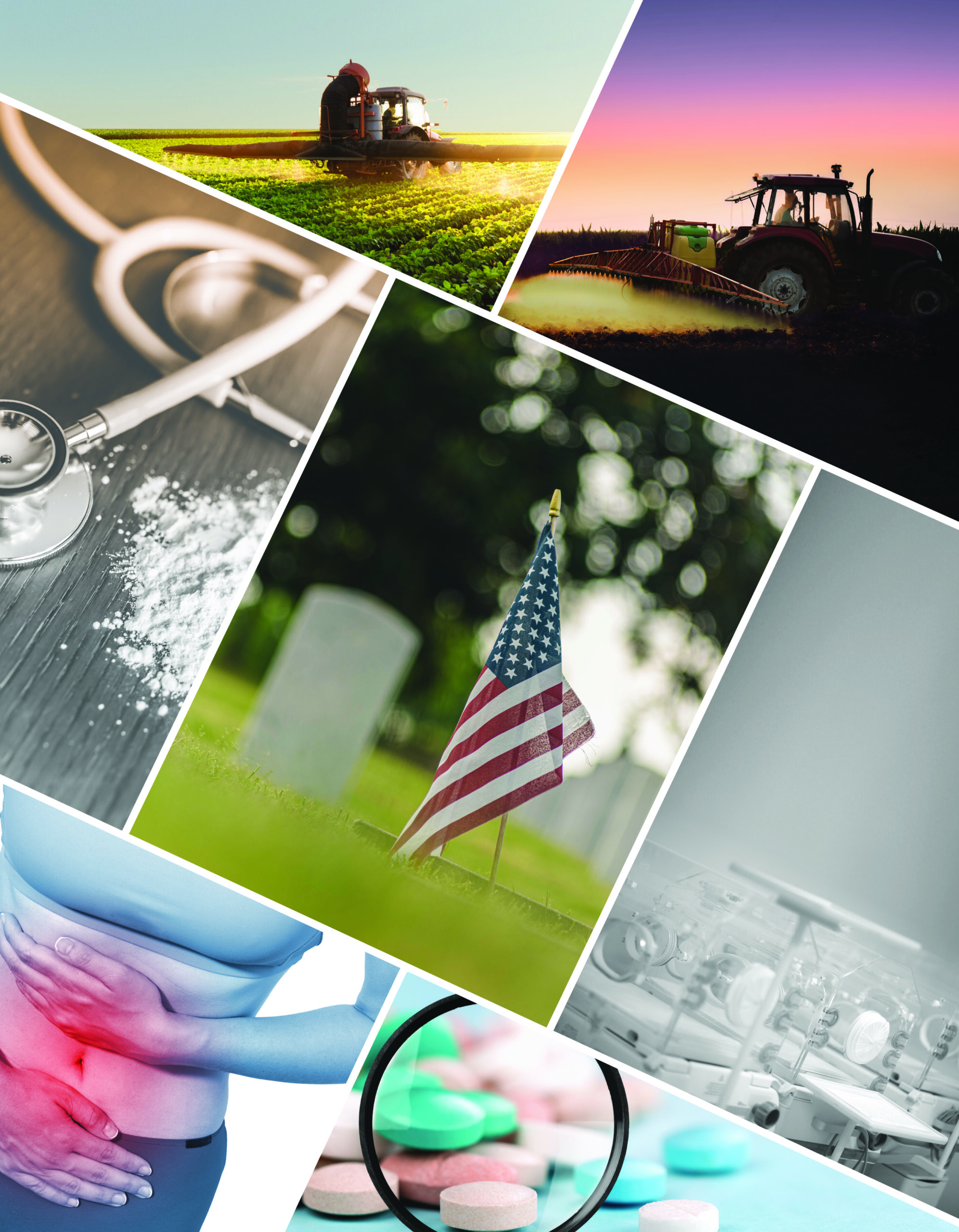by Brandy Abalos
For more than a decade, poisoning has been the leading cause of preventable deaths in the U.S. When you think of someone being poisoned, you may imagine a child getting into household chemicals. However, the driving force of poisoning deaths nationally is drug overdoses. Preventable poisoning may not be what you think, but it can still be stopped in its tracks by public education and monitoring of unsafe substances.
What Is Preventable Poisoning?
Preventable poisoning is any poisoning incident that could have been avoided through proper precautions and awareness. Poisons are all around us, in our homes, gardens and workplaces, and sometimes even accidental ingestion or exposure can lead to serious health problems.
Here are some of the most common causes of preventable poisoning:
- Medications: Improper use or accidental overdose of prescription and over-the-counter medications is a leading cause of preventable poisoning, especially among addicts, children and older adults.
- Household Products: Many household cleaning supplies, disinfectants and personal care products contain toxic substances that can be poisonous if ingested or inhaled.
- Plants: Certain houseplants and garden plants contain toxins that can be harmful if ingested.
- Carbon Monoxide: This odorless and colorless gas can be deadly if inhaled and is a common poisoning risk in homes with faulty appliances or generators.
- Pesticides: Improperly stored or applied pesticides can be poisonous if ingested, inhaled or absorbed through the skin.
By being aware of these risks and taking steps to prevent them, you can significantly reduce the number of preventable poisoning incidents.
Poisoning Is the Leading Cause of Preventable Injury-Related Deaths
According to the National Safety Council, there are more than 100,000 poisoning deaths annually. This accounts for approximately 45% of all preventable injury-related deaths in the United States. In fact, poisoning fatalities are the leading cause of preventable deaths in people aged 25 to 34 and 55 to 64.
There are 55 poison control centers in the United States that receive reports and provide guidance for human poison exposures. According to the National Capital Poison Center, the centers receive over 2.08 million calls about human poisoning each year. That’s about 6.1 poison exposures per 1,000 people in the U.S. Approximately one poison exposure is reported to the centers every 15 seconds.
Preventable poisonings affect all age groups, from infants to the elderly. However, children under the age of six represent a disproportionate percentage of cases reported to U.S. poison control centers. In 2021 (the most recent data available), 627 poisonings were reported per 100,000 people of all ages. However, there were 6,439 and 5,997 poisonings per 100,000 one- and two-year-olds, respectively. Approximately 640 exposures per 100,000 teens were reported.
More than 75% of all poisonings reported to the U.S. poison control centers were unintentional. Approximately 19% were intentional. Most unintentional poisonings occur in young children due to general exposures or therapeutic errors. Most intentional poisonings involve teens and are suspected suicide attempts.
Falls are the second leading cause of preventable deaths, followed by motor-vehicle crashes and choking. Some other common causes of preventable deaths include drowning, natural heat and cold, and fires, flames, or smoke.
Many Medication & Substance Poisonings Were Intentional
Medication poisonings include over-the-counter, prescription, legal and illegal substances. While most cases were not fatal, there were a significant number of fatalities reported due to substance poisonings.
In 2021, according to the National Capital Poison Center, pain medications (analgesics) led the list of the most common substances resulting in poison exposures. There were approximately 136,380 cases of pain medication overdose, amounting to 11.2% of reported poison exposures.
Other substances that resulted in preventable poisonings included:
- Sedatives/Hypnotics/Antipsychotics: 91,521 cases (7.5% reported)
- Antidepressants: 86,134 cases (7.1% reported)
- Cardiovascular Drugs: 82,576 cases (6.8% reported)
- Alcohols: 54,591 cases (4.5% reported)
- Anticonvulsants: 46,258 cases (3.8% reported)
- Antihistamines: 41,590 cases (3.4% reported)
- Stimulants and Street Drugs: 39,465 cases (3.2% reported)
The most dangerous substances reported were acetaminophen, sedatives/hypnotics/antipsychotics, alcohols, pharmaceutical and illegal opioids, stimulants and street drugs. Painkillers made up approximately 21% of all deaths, followed by miscellaneous fumes/gasses/vapors, with 20% of deaths across all ages.
How to Prevent Medication Poisonings
Some general practices can be used to prevent medication and substance poisoning. By carefully storing prescriptions and other drugs and being careful with dosages, you may prevent an accident.
Here are some key steps to avoid preventable poisoning by medications:
- Keep ALL medications, including vitamins and supplements, in a locked cabinet or out of the reach of children and pets. This goes for purses and backpacks, too, where they might be easily accessible.
- Store medications in their original, labeled containers. This ensures you have the correct dosage information and any warnings readily available.
- Follow proper storage instructions based on the medication (e.g., some require refrigeration).
- Never take more than the prescribed dosage of any medication. Use the measuring tool provided with the medication, not a kitchen spoon, to ensure accurate measurement.
- If you are unsure about dosage or have any questions, consult your doctor or pharmacist.
- Never share prescription medications with others. Medications are prescribed for specific individuals and their conditions.
- Keep a list of all medications you are taking, including over-the-counter drugs and supplements, to avoid accidental interactions. Discuss this list with your doctor or pharmacist to check for potential conflicts.
- Dispose of unused or expired medications safely. Don’t flush them or throw them in the trash. Many pharmacies have take-back programs, or you can follow specific disposal instructions for certain medications.
If someone you know—especially a teen—is at risk of suicide, ensure they do not have access to any type of medication or substances.
Household Product Poisonings Are Common in Young Children
Household products, such as cleaning substances and antifreeze, pose risks to young children because of their natural curiosity, limited understanding of danger and accessibility. These factors combined create a high risk for accidental poisoning in young children.
Young children are naturally curious and explore their surroundings by putting things in their mouths. This can include colorful cleaning products, brightly packaged medications, or even seemingly harmless items like laundry detergent pods. Additionally, they simply don’t understand the potential dangers of these products. A brightly colored cleaning spray might look like a fun drink, or a button battery could resemble a piece of candy. Often, household products are stored within a child’s reach, on low shelves, counters or in unlocked cabinets.
Cosmetics and personal care products led the list of the most common household substances implicated in pediatric exposures in 2021, the most recent year available from the National Capital Poison Center. 95,848 cases were reported, nearly 11% of the preventable poisonings that year. Household cleaning substances closely followed, with 94,279 cases, also nearly 11% of the reported cases.
Preventing Poisonings by Household Substances
Cleaning supplies, laundry detergents, personal care products and even hand sanitizer can all be poisonous if ingested. It’s important to take some simple precautions, including:
- Safe Storage: Keep all potentially poisonous products out of the reach of children, ideally in locked cabinets or high shelves.
- Original Containers: Always store products in their original, labeled containers. This ensures proper identification and hazard warnings are readily available.
- Secure Closures: Make sure all containers are closed tightly after use.
- Education: Supervise young children closely and teach them about the dangers of putting unknown things in their mouths.
- Minimize the Amount: Only buy the amount of household products you need to avoid unnecessary stockpiles.
- Dispose of Expired Products Safely: Don’t flush or pour chemicals down the drain. There are specific procedures for disposing of these products. Contact the manufacturer for more information.
Plant Toxins Can Harm Children and Animals
Plants can be beautiful additions to our homes and gardens, but many contain toxins that can be harmful to children and animals if ingested. Many common houseplants and garden plants contain various toxins that can cause a range of symptoms, from mild stomach upset to serious illness or even death. Some plants with toxins don’t necessarily taste bad, so young children and curious pets might be more likely to ingest them. Depending on the plant and the individual, even small amounts of a toxic plant can cause harm.
Here are some common plants that are dangerous for children and pets:
- Dieffenbachia (Dumb Cane): This popular houseplant contains calcium oxalate crystals that can cause mouth and throat irritation, vomiting and difficulty swallowing if ingested.
- Monstera Deliciosa (Swiss Cheese Plant): Similar to Dieffenbachia, Monstera contains insoluble calcium oxalate crystals.
- Philodendron: Another common houseplant that also contains calcium oxalate crystals.
- Peace Lily: While beautiful and air-purifying, peace lilies contain a toxin that can cause irritation of the mouth, tongue and throat, as well as nausea, vomiting and diarrhea if ingested.
- Azalea and Rhododendron: These popular flowering shrubs contain grayanotoxins, which can cause vomiting, diarrhea, drooling, weakness and difficulty breathing if ingested.
- Lilies: There are many varieties of lilies, but all parts of the true lily plant (Lilium spp.) are toxic to cats and can cause kidney failure.
- Tulips and Daffodils: The bulbs of tulips and daffodils contain toxins that can cause nausea, vomiting and diarrhea if ingested.
- English Ivy: This common climbing vine contains triterpenoid saponins that can cause irritation of the mouth, tongue and stomach if ingested.
- Sago Palm: While not a true palm, sago palms are cycads and contain a toxin called cycasin that can be fatal to pets if ingested.
Protect Your Loved Ones from Preventable Plant Poisonings
Knowledge is power when keeping your children and pets away from toxic plants. Before bringing a new plant into your home or garden, research its potential toxicity. Many online resources and garden centers can help with identification and safety information. Consider using plant identification apps to easily check plants you encounter outdoors.
Create a safe environment in your home. Toxic plants should be out of reach of children and pets. If necessary, utilize high shelves, hanging planters or even locked cabinets. If you have young children or pets, there are many beautiful, non-toxic houseplants available. Research “pet-friendly” or “child-safe” houseplants to find suitable options.
Keep a watchful eye on your little ones. For young children, close supervision is key. Teach them not to put things in their mouths that aren’t food. For older children, explain the dangers of specific plants in your home or garden.
How to Prevent Carbon Monoxide Poisoning in Your Home
Carbon monoxide (CO) poisoning is a serious threat in homes, especially during the winter months. This odorless and colorless gas can be deadly if inhaled in high concentrations.
According to the Centers for Disease Control & Prevention (CDC), those most at risk of carbon monoxide poisoning are infants, the elderly and people with chronic heart problems, anemia and breathing problems. Each year, more than 100,000 people visit the emergency room because of CO poisoning, and more than 400 Americans die from unintentional carbon monoxide poisoning.
Here’s how you can prevent carbon monoxide poisoning in your home:
- Install carbon monoxide detectors on every floor of your home.
- Maintain fuel-burning appliances, such as your heating system and water heater.
- Use gas appliances properly, including your oven, range and generator.
- Never run a generator inside your home or garage, even with the doors open.
- Don’t use charcoal or gas grills indoors, even in a fireplace.
- Never leave a car running in an attached garage, even with the door open.
- Open a damper when using a fireplace, ensuring proper ventilation.
You should also be aware of the symptoms of preventable CO poisoning. Early signs of CO poisoning can be flu-like, including headache, nausea, dizziness and fatigue. If you or someone in your home experiences these symptoms, especially if several people are affected at once, turn off all fuel-burning appliances and evacuate the house immediately. Open doors and windows to ventilate the space. Call 911 or your local emergency number immediately.
Unintentional Pesticide Poisoning Is Most Common in Children
While pesticides benefit society, they are inherently toxic and can severely harm children if stored or used improperly. According to the National Pesticide Information Center, more than 2 million poisoning incidents involving pesticides occur each year. Approximately 50% of those involve children under the age of six, and 90% occur in the home.
The American Association of Poison Control reported receiving more than 70,000 calls annually due to household pesticide exposure. Data indicates that among households with children under the age of five, at least half store pesticides within reach of children.
Children are so susceptible to pesticides because their nervous, immune, digestive and other systems are still developing. Compared to adults, their systems are less able to detoxify and excrete pollutants.
Preventing Pesticide Toxicity in Children
Pesticide toxicity can have both short- and long-term effects on children. Some short-term effects include headaches, dizziness, weakness and nausea. Long-term health effects may include birth defects, learning disabilities, behavioral changes, cancer and organ damage.
Some steps you can take to protect your children from preventable pesticide exposure include:
- Keep It Out of Reach: Store all pesticides, herbicides and insecticides out of the reach and sight of children. Ideally, this means using locked cabinets or high shelves in a secure location, like a garage or shed. Never leave them under the sink or other easily accessible areas.
- Original Containers: Always keep pesticides in their original, labeled containers. This ensures proper identification and hazard warnings are readily available. Don’t transfer them to unmarked containers, especially something that could resemble food or drink.
- Read and Follow Labels: Before using any pesticide, carefully read and follow proper application methods, safety precautions and recommended storage information.
- Minimize Use: Whenever possible, opt for non-toxic or least-toxic pest control methods. Many natural and organic alternatives are available.
- Disposal: Dispose of unused or expired pesticides safely. Refrain from pouring them down the drain or tossing them in the trash. Many communities have hazardous waste disposal programs, or you can follow specific disposal instructions on the pesticide label.
- Supervise During Application: Never apply pesticides when children are present.
- Lawn Care Safety: Don’t allow children or pets onto treated lawns until the product has dried completely, and follow the recommended waiting times on the label.
- Teach Your Children: As children get older, educate them about the dangers of pesticides and the importance of not touching them.
- Consider Licensed Professionals: For complex pest problems, consider hiring a licensed pest control professional. They have the expertise and equipment to handle pesticides safely and effectively.
Knowledge is Power: Prevent Poisonings in Your Home
Poisonings are the leading cause of preventable deaths in the United States. While there are many causes—from medication overdose to pesticide exposure—everyone is at risk. Protect your loved ones from toxic poisonings by educating yourself about the risk factors and taking action.








Leave A Comment